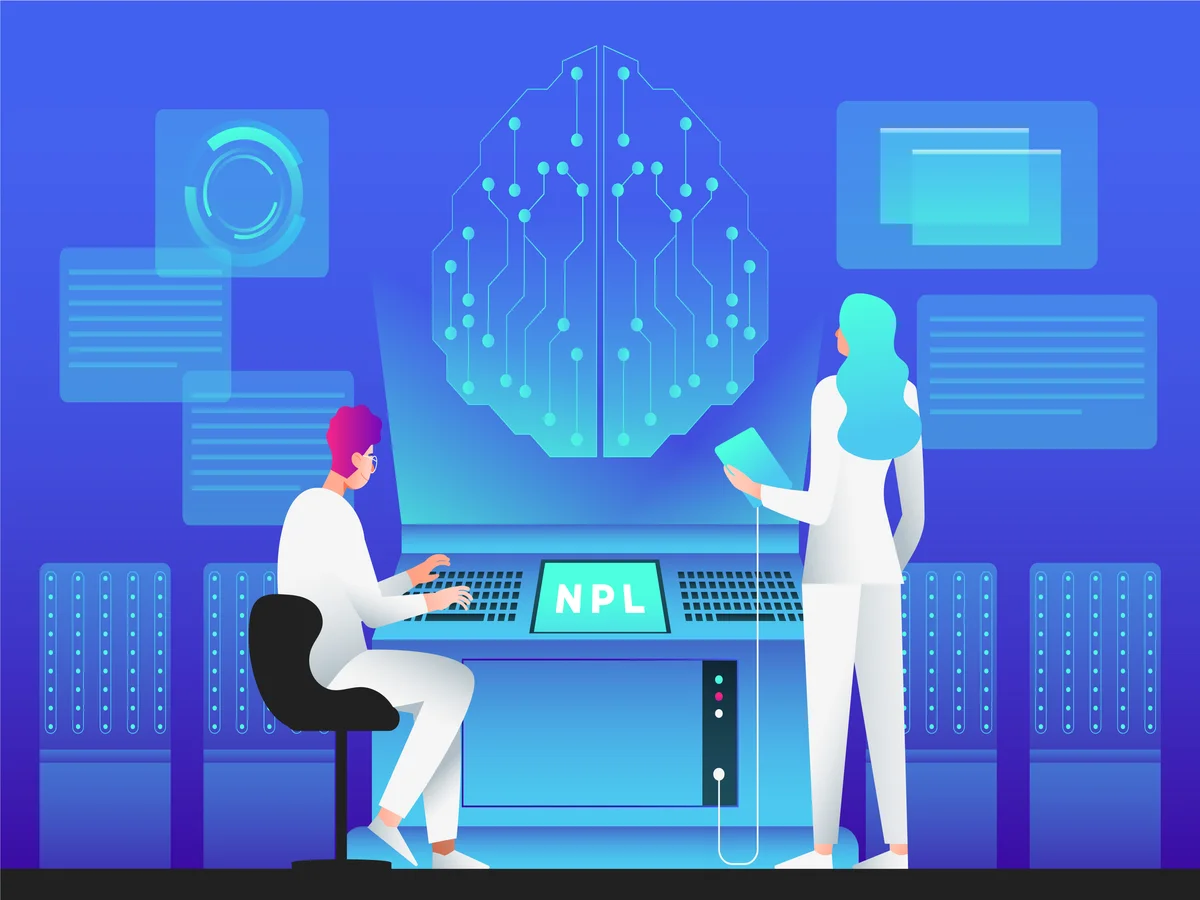Guarding AI’s Potential: Our Approach to Responsible AI Development

Artificial Intelligence (AI) has become an integral part of our daily lives, powering everything from our email inboxes to our navigation systems. However, with great power comes great responsibility. As AI continues to evolve and influence various aspects of society, it’s crucial that we approach its development responsibly.
The Need for Responsible AI
AI has the potential to revolutionize many sectors, including healthcare, transportation, and education. However, it also presents new challenges and risks. These include issues related to privacy, security, fairness, and transparency. Therefore, it’s essential to have a responsible approach to AI development that addresses these concerns.
Our Approach To Responsible AI Development
Our approach to responsible AI development involves building protections into our generative AI features by default. This is guided by our AI Principles which include protecting against unfair bias and implementing policies.
Protecting Against Unfair Bias
We’ve developed tools and datasets to help identify and mitigate unfair bias in our machine learning models. This is an active area of research for our teams.
Red-Teaming
We enlist in-house and external experts to participate in red-teaming programs that test for a wide spectrum of vulnerabilities and potential areas of abuse.
Implementing Policies
We’ve created generative AI prohibited use policies outlining the harmful, inappropriate, misleading or illegal content we do not allow.
Safeguarding Teens
As we slowly expand access to generative AI experiences like SGE to teens, we’ve developed additional safeguards around areas that can pose risk for younger users based on their developmental needs.
The Importance of Transparency in AI Development
Transparency is a key aspect of responsible AI development. It involves clearly communicating how an AI system makes decisions and operates. This includes providing clear explanations about the data used to train the system, the algorithms used in decision-making processes, and the measures taken to ensure fairness and avoid bias.
The Role of Regulation in Responsible AI Development
Regulation plays a crucial role in ensuring responsible AI development. Governments worldwide are increasingly recognizing the need for regulation in this field. Regulations can help ensure that AI systems are developed and used ethically, responsibly, and transparently.
The Future of Responsible AI Development
The future of responsible AI development looks promising. With ongoing research and advancements in technology, we can expect more robust mechanisms for ensuring fairness, transparency, and accountability in AI systems. However, it’s important that all stakeholders – including developers, users, regulators, and society at large – continue to engage in meaningful discussions about the ethical implications of AI.
Key Takeaways
As we continue to incorporate AI into more Google experiences, we know it’s imperative to be bold and responsible together. An important part of introducing this technology responsibly is anticipating and testing for a wide range of safety and security risks. We are committed to maintaining a responsible, fair, and reflective approach to the governance, implementation, and use of AI technologies in our solutions.
Also Read: Do’s & Dont’s For Web Development, Google Lens Search Experience, SEO & Content Improvement with AI, Google Assistant with Bard, Google Introduces Bard to Enhance Google Assistant
FAQs:
Responsible AI development involves creating AI systems that are ethical, transparent, and fair. It includes protecting against unfair bias, implementing appropriate policies, and safeguarding users, particularly vulnerable groups like teens.
AI hallucination is a phenomenon where a Large Language Model (LLM) makes up facts and reports them as the absolute truth. It’s one of the challenges in AI development that we’re actively working to mitigate.
We’ve developed tools and datasets to help identify and mitigate unfair bias in our machine learning models. This is an active area of research for our teams.
Red-teaming involves enlisting in-house and external experts to test for a wide spectrum of vulnerabilities and potential areas of abuse in our AI systems.
These are policies that outline the harmful, inappropriate, misleading or illegal content that we do not allow in our generative AI experiences.







